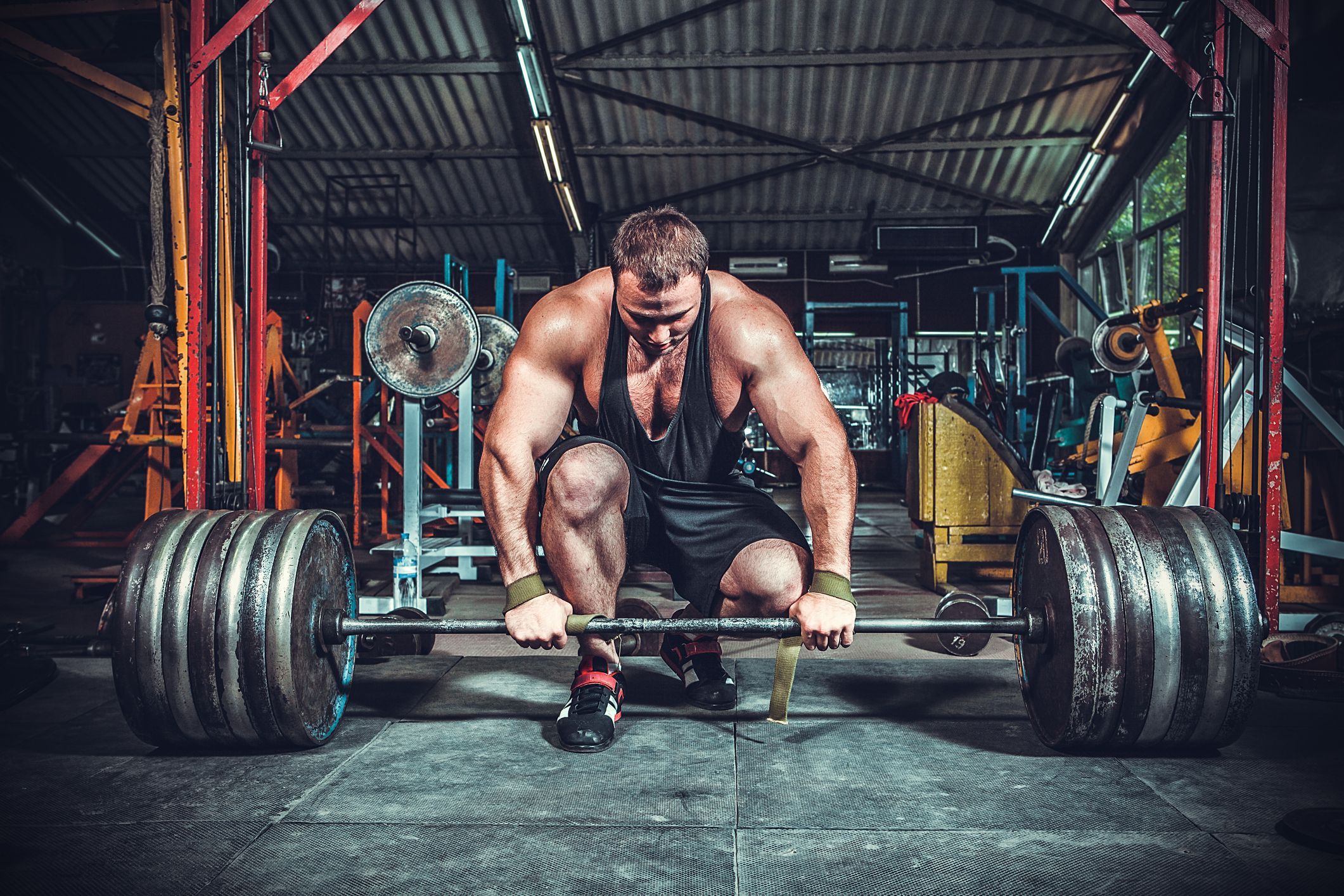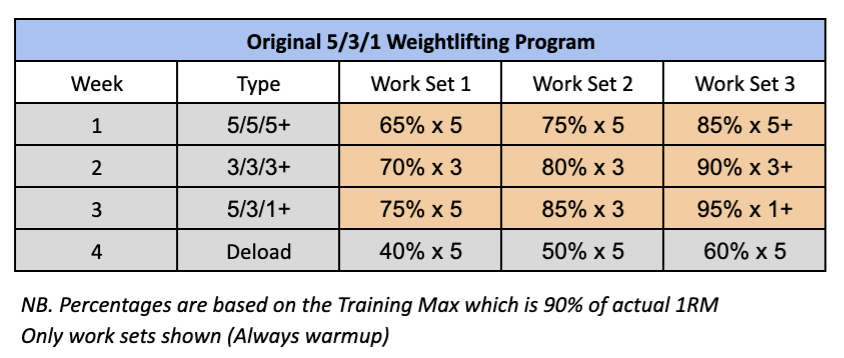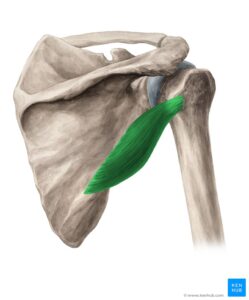Introduction
Powerlifting is a highly effective strength training sport that focuses on three main lifts: the squat, bench press, and deadlift. Unlike other forms of weight training, powerlifting emphasizes the peak of strength and power. Well-structured powerlifting routines are crucial for anyone looking to improve their strength, technique, and overall performance.
Understanding Powerlifting

Powerlifting revolves around three key lifts:
- Squat: A fundamental lower-body exercise that targets the leg and hip muscles.
- Bench Press: A crucial upper-body exercise that focuses on the chest, shoulders, and triceps.
- Deadlift: A full-body exercise that primarily works the back, glutes, and legs.
Key principles of powerlifting include:
- Progressive Overload: Gradually increasing the weight lifted to stimulate strength gains.
- Proper Form: Ensuring correct technique to maximize efficiency and prevent injury.
Components of Powerlifting Routines

Warm-up and Mobility
Start each session with a thorough warm-up to prepare your muscles and joints. Include stretches and mobility exercises to increase range of motion and reduce injury risk.
Main Lifts
Focus on the three primary lifts with a structured plan:
- Squat
- Bench Press
- Deadlift
Accessory Work
Accessory exercises are ESSENTIAL for improving your powerlifting goals. Incorporate accessory exercises to address weaknesses and improve overall strength. These can include:
- Rows and pull-ups for back strength.
- Lunges and leg presses for leg development.
- Shoulder presses and dips for upper body strength.
Cool Down and Stretching
As soon as the lifting is done, most people see that as their time to leave. However, finishing with a cool-down routine can aid in recovery and flexibility, which I’m sure we all would much rather want than a very sore muscle. Include static stretches and massages to relax muscles and prevent stiffness.
Sample Powerlifting Routines
Best 2024 Powerlifting Routines:
4-Day Split Example:
Day 1: Squat Focus
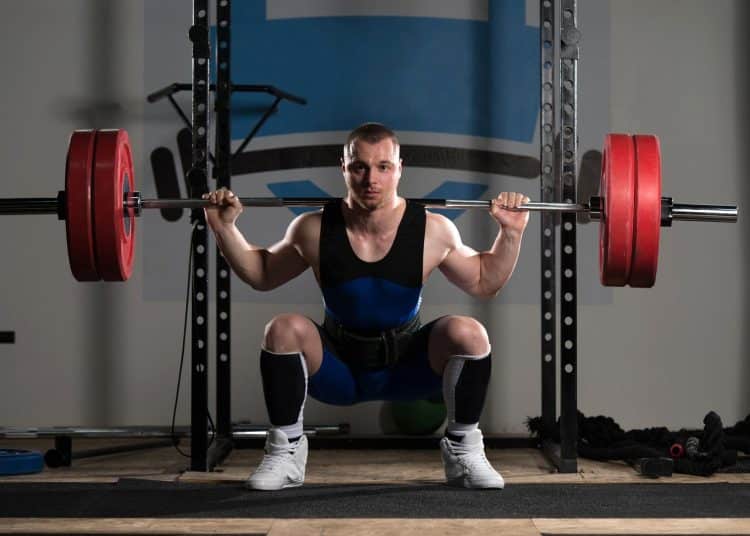
- Squats: 5 sets of 5 reps
- Front Squats: 4 sets of 8 reps
- Bulgarian Split Squats: 3 sets of 10 reps per leg
- Leg Press: 3 sets of 12 reps
- Calf Raises: 4 sets of 15 reps
Day 2: Bench Press Focus
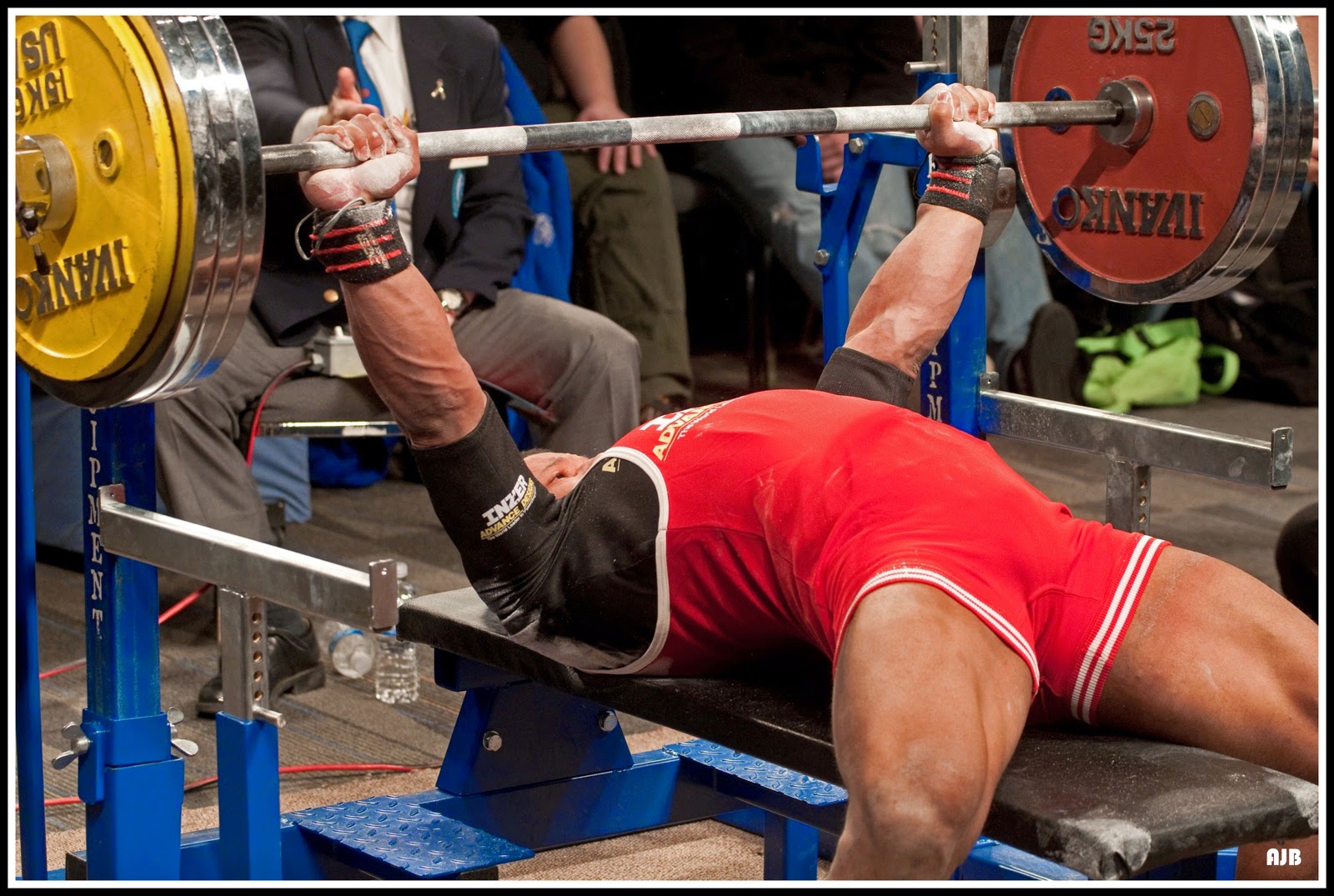
- Bench Press: 5 sets of 5 reps
- Incline Bench Press: 4 sets of 8 reps
- Dumbbell Flyes: 3 sets of 12 reps
- Tricep Dips: 3 sets of 12 reps
- Shoulder Press: 3 sets of 12 reps
Day 3: Deadlift Focus

- Deadlifts: 5 sets of 5 reps
- Romanian Deadlifts: 4 sets of 8 reps
- Bent Over Rows: 3 sets of 10 reps
- Pull-Ups: 3 sets of 12 reps
- Bicep Curls: 3 sets of 15 reps
Day 4: Accessory and Weak Point Training
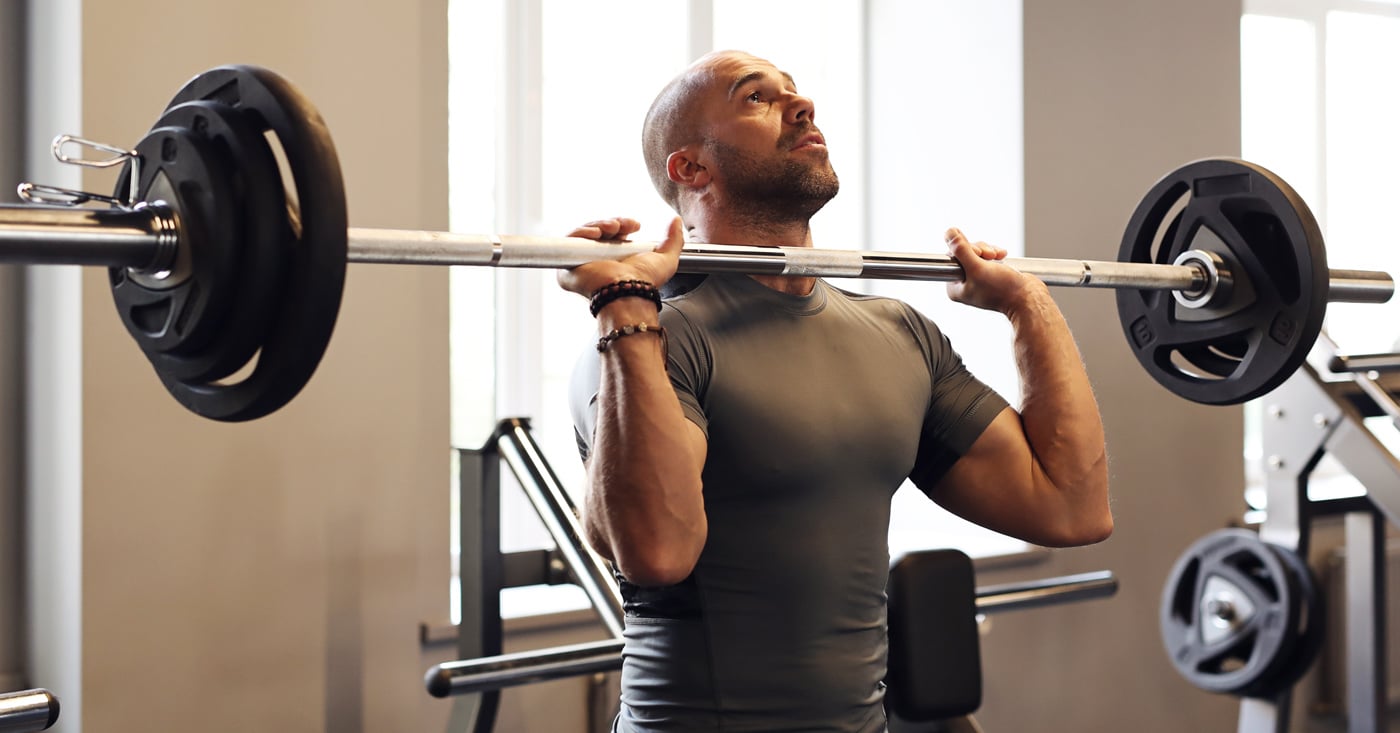
- Overhead Press: 4 sets of 8 reps
- Lateral Raises: 3 sets of 12 reps
- Face Pulls: 3 sets of 15 reps
- Ab Wheel Rollouts: 3 sets of 12 reps
- Plank: 3 sets of 1 minute
5-Day Split Example:
Day 1: Squat Focus

- Squats: 5 sets of 5 reps
- Front Squats: 4 sets of 8 reps
- Lunges: 3 sets of 10 reps per leg
- Leg Curls: 3 sets of 12 reps
- Calf Raises: 4 sets of 15 reps
Day 2: Bench Press Focus
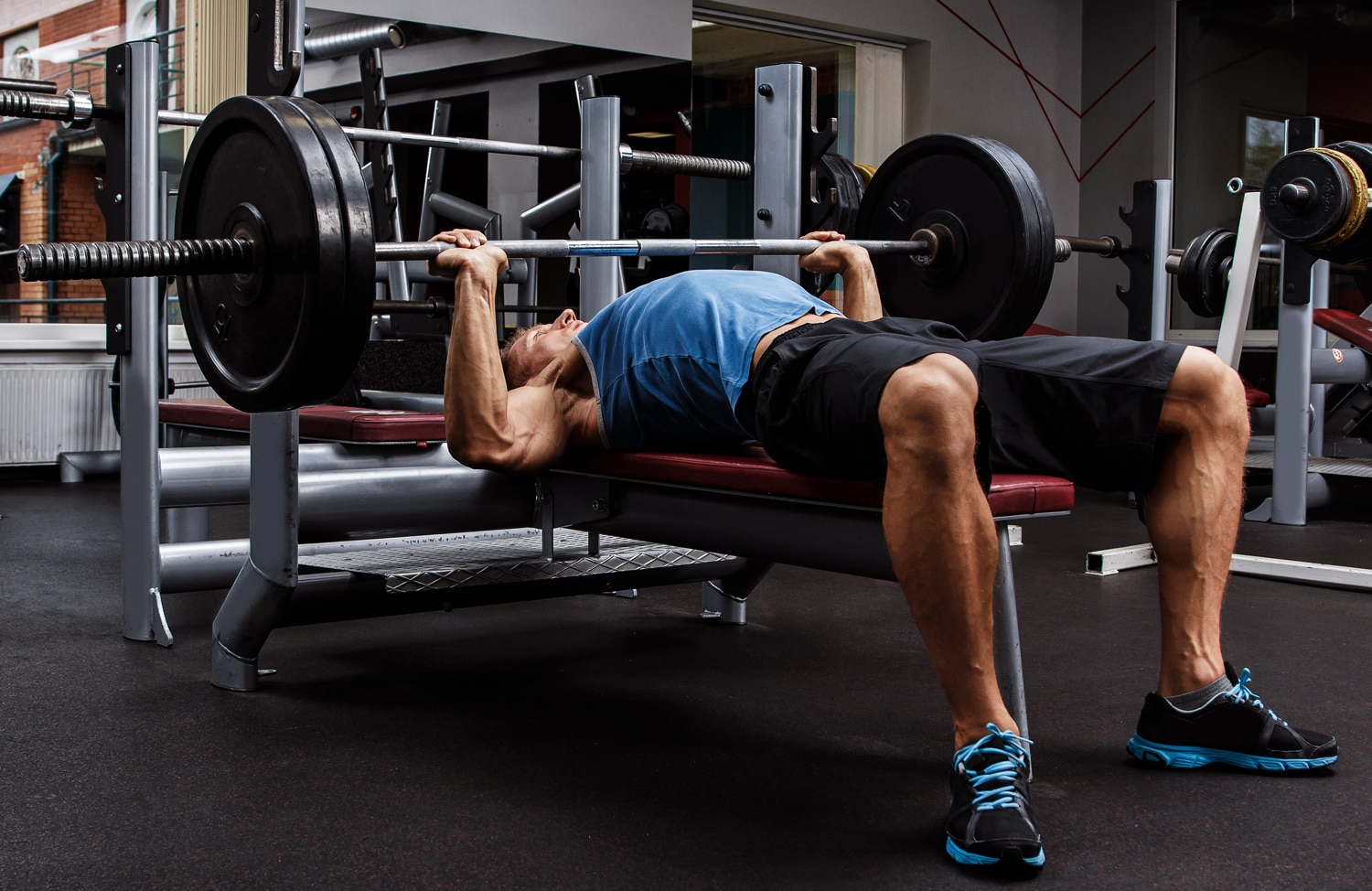
- Bench Press: 5 sets of 5 reps
- Incline Dumbbell Press: 4 sets of 8 reps
- Chest Flyes: 3 sets of 12 reps
- Tricep Extensions: 3 sets of 12 reps
- Lateral Raises: 3 sets of 15 reps
Day 3: Deadlift Focus

- Deadlifts: 5 sets of 5 reps
- Deficit Deadlifts: 4 sets of 8 reps
- Barbell Rows: 3 sets of 10 reps
- Chin-Ups: 3 sets of 12 reps
- Hammer Curls: 3 sets of 15 reps
Day 4: Accessory Work
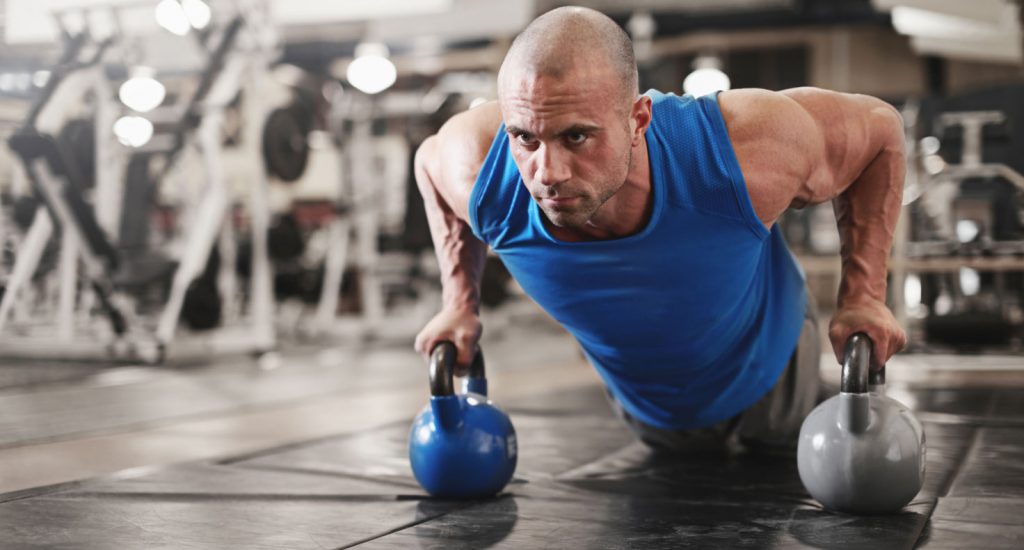
- Overhead Press: 4 sets of 8 reps
- Arnold Press: 3 sets of 10 reps
- Rear Delt Flyes: 3 sets of 12 reps
- Hanging Leg Raises: 3 sets of 15 reps
- Russian Twists: 3 sets of 20 reps
Day 5: Weak Point Training

- Pause Squats: 4 sets of 6 reps
- Close Grip Bench Press: 4 sets of 6 reps
- Romanian Deadlifts: 4 sets of 6 reps
- Face Pulls: 3 sets of 15 reps
- Plank: 3 sets of 1 minute
Specific Powerlifting Routines from Popular Fitness Retailers in 2024
1. StrongLifts 5×5 Program

Description: The StrongLifts 5×5 program is designed for beginners and intermediates who want to build strength quickly. It focuses on the three main lifts and uses a simple linear progression model.
Routine:
- #1 (A): Squat 5×5, Bench Press 5×5, Barbell Row 5×5
- #2 (B): Squat 5×5, Overhead Press 5×5, Deadlift 1×5
- #3 (A): Squat 5×5, Bench Press 5×5, Barbell Row 5×5
2. Jim Wendler’s 5/3/1 Program
Description: Jim Wendler’s 5/3/1 program is a popular choice for intermediate and advanced lifters. It focuses on steady progress and includes assistance work to address weak points in your 3 major lifts. I would know, as I personally have run this program and found that all my lifts significantly increased by 20-30 pounds. I HIGHLY recommend this program for those of you who are looking to add a little Wendler spice into your fitness lives.
Routine:
- #1: Squat 5/3/1, Assistance Work
- #2: Bench Press 5/3/1, Assistance Work
- #3: Deadlift 5/3/1, Assistance Work
- #4: Overhead Press 5/3/1, Assistance Work
3. PHUL (Power Hypertrophy Upper Lower) Program
Description: The PHUL program combines strength and hypertrophy training, making it ideal for those looking to build both muscle and strength. For those of you who want to look AND feel strong, this is for you. So basically, everyone.
Routine:
- #1: Upper Body Power
- #2: Lower Body Power
- #3: Rest
- #4: Upper Body Hypertrophy
- #5: Lower Body Hypertrophy
4. Candito 6-Week Strength Program

Description: Created by competitive powerlifter Jonnie Candito, this program is highly effective for intermediate lifters looking to break through plateaus. This is the program I will be running in the next several weeks, in which case, look out for my upcoming Candito Program Review coming up!
Routine:
- #1-3: Volume and Heavy Work
- #4: Deload
- #5-6: Peak for Strength
5. Sheiko Programs
![Sheiko Program: TOP Russian Powerlifting [All Routines + Spreadsheets]](https://physiqz.com/wp-content/uploads/2018/10/Sheiko-Program-Novice-Routine.png)
Description: Sheiko programs, designed by Russian powerlifting coach Boris Sheiko, are known for their high volume and specificity. In other words, you are going to be at the gym. A lot. They are suited for advanced lifters. However, if you have the time, then this is the program for you.
Routine: Varies depending on the specific program, but typically includes multiple sessions per week with high frequency and volume on the main lifts.
Powerlifting Routines: Progression and Improvement Tips
- Track Progress: Keep a detailed log of your workouts, noting weights, sets, and reps.
- Increase Weights Gradually: Aim for small, consistent increases in weight to build strength. Also known as progressive overload, this will ensure constant improvement in either volume or strength gains, which are essential for a powerlifter.
- Deload Weeks: Incorporate lighter training weeks to allow for recovery and prevent overtraining.
Powerlifting Routines :Common Mistakes to Avoid

- Neglecting Form: Prioritize technique over weight to prevent injuries. By ignoring technique, you run the risk of adding greater muscle imbalances, which will lead to a greater change of injuries.
- Skipping Warm-ups: Always warm up to prepare your body for heavy lifting.
- Ignoring Recovery: Ensure adequate rest and recovery to support muscle growth and prevent burnout.
Powerlifting Routines: Understanding Nutrition And Recovery
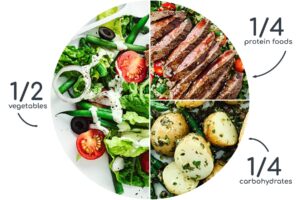
Nutrition: Consume a balanced diet rich in protein, carbohydrates, and healthy fats to fuel your workouts and aid recovery. Typically, the minimum for maintaining muscle mass is roughly 1 gram of protein for every pound of bodyweight. However, there is far more to gaining muscle mass than just getting adequate protein. If you would like to learn more, then check out our article Clean Bulk vs. Dirty Bulk, where we compare the different methods of gaining weight, and your nutrition is the key difference between muscular and overweight.
Recovery Techniques: Prioritize sleep, stay hydrated, and consider incorporating stretching and foam rolling into your routine.
Powerlifting Routines for Different Experience Levels
Beginners: Focus on mastering form and building a solid foundation. Do NOT ego lift. You are only setting both your body and your mind up for failure with unrealistic expectations. Take it slow. Lifting is a marathon, and not a sprint. Who knew running and lifting paired so well?
Intermediates: Start incorporating accessory work and more structured programming. This is where more workout volume is added.
Advanced Lifters: Tailor routines to specific goals and incorporate advanced techniques like periodization. It usually takes 3-4+ years to reach this stage of lifting. However, at this point, you are probably already very muscular, and are trying to maintain the Adonis physique you have crafted.
Conclusion
A well-structured powerlifting workout routine is essential for maximizing strength and performance. Powerlifting seems cool. That is because it is. After all, who doesn’t like lifting heavy stuff? By following the principles and tips outlined in this guide, you can start your powerlifting journey and achieve your strength goals. Remember, consistency and dedication are key. Happy lifting!

